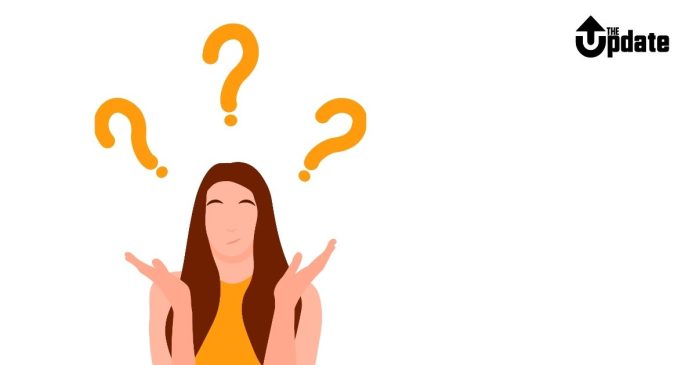The symbol ~ has various meanings depending on the context in which it is used. Here are some of the most common interpretations:
- Approximation:
The~symbol is often used to indicate approximation. For example,~5means “approximately 5” or “about 5.” - Tilde in Computing:
- File Paths: In Unix-based systems (like Linux and macOS),
~is used to represent a user’s home directory. For example,~/Documentsrefers to the “Documents” folder inside the user’s home directory. - Bitwise NOT (in programming): In many programming languages (like C, C++, Python),
~is used as a bitwise NOT operator, flipping the bits of a binary number. For instance,~5in binary (where 5 is00000101) would result in11111010.
- File Paths: In Unix-based systems (like Linux and macOS),
- Mathematics:
- Asymptotic equivalence: In mathematics,
f(x) ~ g(x)asx → ∞means that the functionf(x)grows asymptotically likeg(x)whenxbecomes very large. - Congruence: The symbol
~can also represent congruence in number theory, such as in modular arithmetic.
- Asymptotic equivalence: In mathematics,
- Linguistics:
In phonetics, the tilde (~) can be used to indicate nasalization, like in some representations of speech sounds. - Markdown and Text Formatting:
In Markdown or certain other text formatting systems,~can be used to mark “strikethrough” text. For example,~~strikethrough~~will display as strikethrough text. - Social Media or Internet Usage:
Sometimes~is used in casual online communication to convey a sense of playfulness or to elongate words or expressions (e.g., “hellooo~”).
The meaning of ~ depends on the specific field or context you’re working in!



